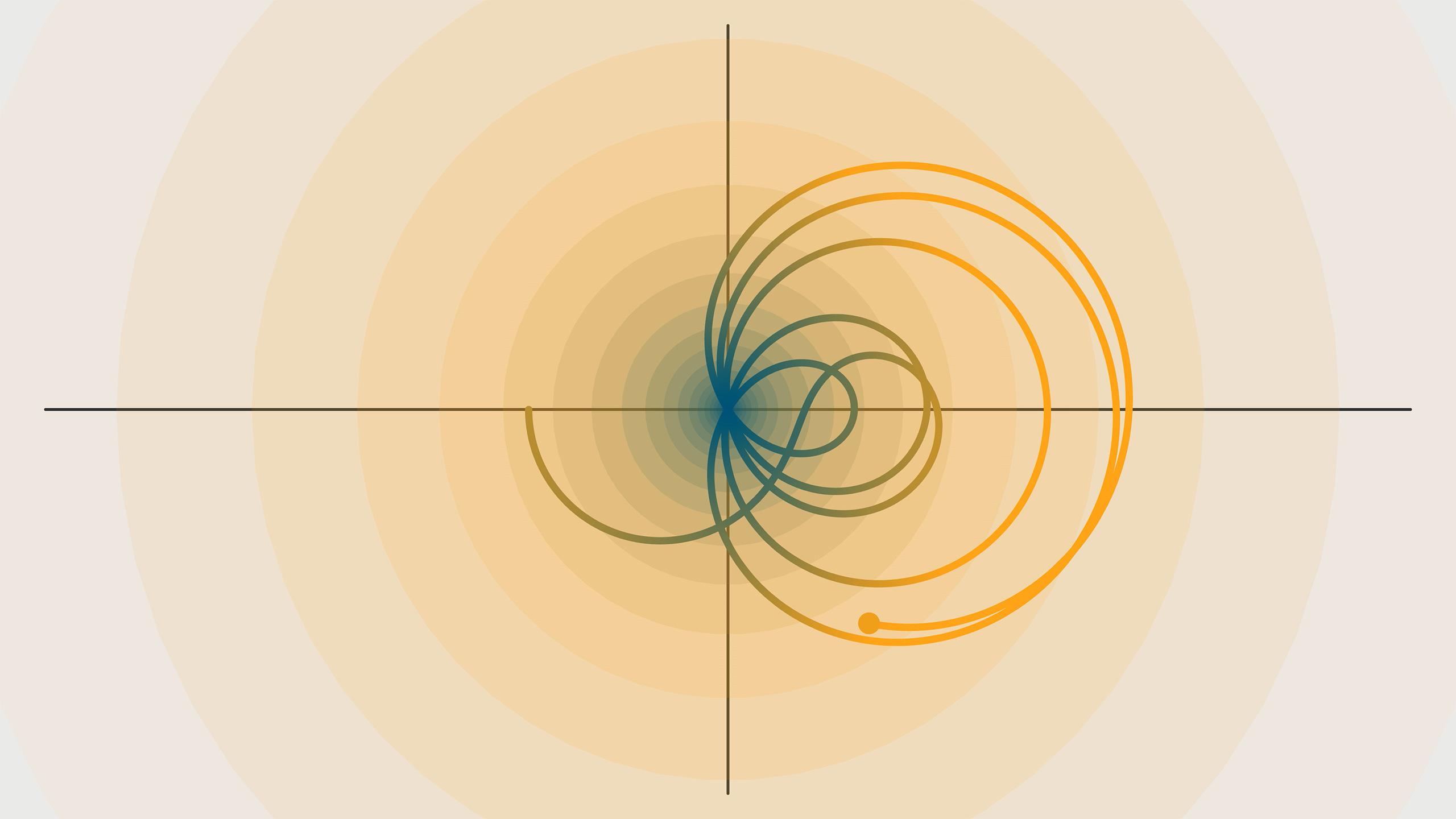How I Learned to Love and Fear the Riemann Hypothesis
Introduction
I first heard of the Riemann hypothesis — arguably the most important and notorious unsolved problem in all of mathematics — from the late, great Eli Stein, a world-renowned mathematician at Princeton University. I was very fortunate that Professor Stein decided to reimagine the undergraduate analysis sequence during my sophomore year of college, in the spring of 2000. He did this by writing a rich, broad set of now-famous books on the subject (co-authored with then-graduate student Rami Shakarchi).
In mathematics, analysis deals with the ideas of calculus in a rigorous, axiomatic way. Stein wrote four books in the series. The first was on Fourier analysis (the art and science of decomposing arbitrary signals into combinations of simple harmonic waves). The next was on complex analysis (which treats functions that have complex numbers as both inputs and outputs), followed by real analysis (which develops, among other things, a rigorous way to measure sizes of sets) and finally functional analysis (which deals broadly with functions of functions). These are core subjects containing foundational knowledge for any working mathematician.
In Stein’s class, my fellow students and I were the guinea pigs on whom the material for his books was to be rehearsed. We had front-row seats as Eli (as I later came to call him) showcased his beloved subject’s far-reaching consequences: Look at how amazing analysis is, he would say. You can even use it to resolve problems in the distant world of number theory! Indeed, his book on Fourier analysis builds up to a proof of Dirichlet’s theorem on primes in arithmetic progressions, which says, for example, that infinitely many primes leave a remainder of 6 when divided by 35 (since 6 and 35 have no prime factors in common). And his course on complex analysis included a proof of the prime number theorem, which gives an asymptotic estimate for the number of primes below a growing bound. Moreover, I learned that if the Riemann hypothesis is true, we’ll get a much stronger prime number theorem than the one known today. To see why that is and for a closer look under the hood of this famous math problem, please watch the accompanying video at the top of this page.
Despite Eli’s proselytizing to us on the wide-ranging power of analysis, I learned the opposite lesson: Look at how amazing number theory is — you can even use fields as far away as analysis to prove the things you want! Stein’s class helped set me on the path to becoming a number theorist. But as I came to understand more about the Riemann hypothesis over the years, I learned not to make it a focus of my research. It’s just too hard to make progress.
After Princeton, I went off to graduate school at Columbia University. It was an exciting time to be working in number theory. In 2003, Dan Goldston and Cem Yıldırım announced a spectacular new result about gaps in the primes, only to withdraw the claim soon after. (As Goldston wrote years later on accepting the prestigious Cole Prize for these ideas: “While mathematicians often do not have much humility, we all have lots of experience with humiliation.”) Nevertheless, the ideas became an important ingredient in the Green-Tao theorem, which shows that the set of prime numbers contains arithmetic progressions of any given length. Then, working with János Pintz, Goldston and Yıldırım salvaged enough of their method to prove, in their breakthrough GPY theorem in 2005, that primes will infinitely often have gaps which are arbitrarily small when compared to the average gap. Moreover, if you could improve their result by any amount at all, you would prove that primes infinitely often differ by some bounded constant. And this would be a huge leap toward solving the notoriously difficult twin primes conjecture, which predicts that there are infinitely many pairs of primes that differ by 2.
A meeting on how to extend the GPY method was immediately organized at the American Institute of Mathematics in San Jose, California. As a bright-eyed and bushy-tailed grad student, I felt extraordinarily lucky to be there among the world’s top experts. By the end of the week, the experts agreed that it was basically impossible to improve the GPY method to get bounded prime gaps. Fortunately, Yitang Zhang did not attend this meeting. Almost a decade later, after years of incredibly hard work in relative isolation, he found a way around the impasse and proved the experts wrong. I guess the moral of my story is that when people organize meetings on how not to solve the Riemann hypothesis (as they do from time to time), don’t go!




